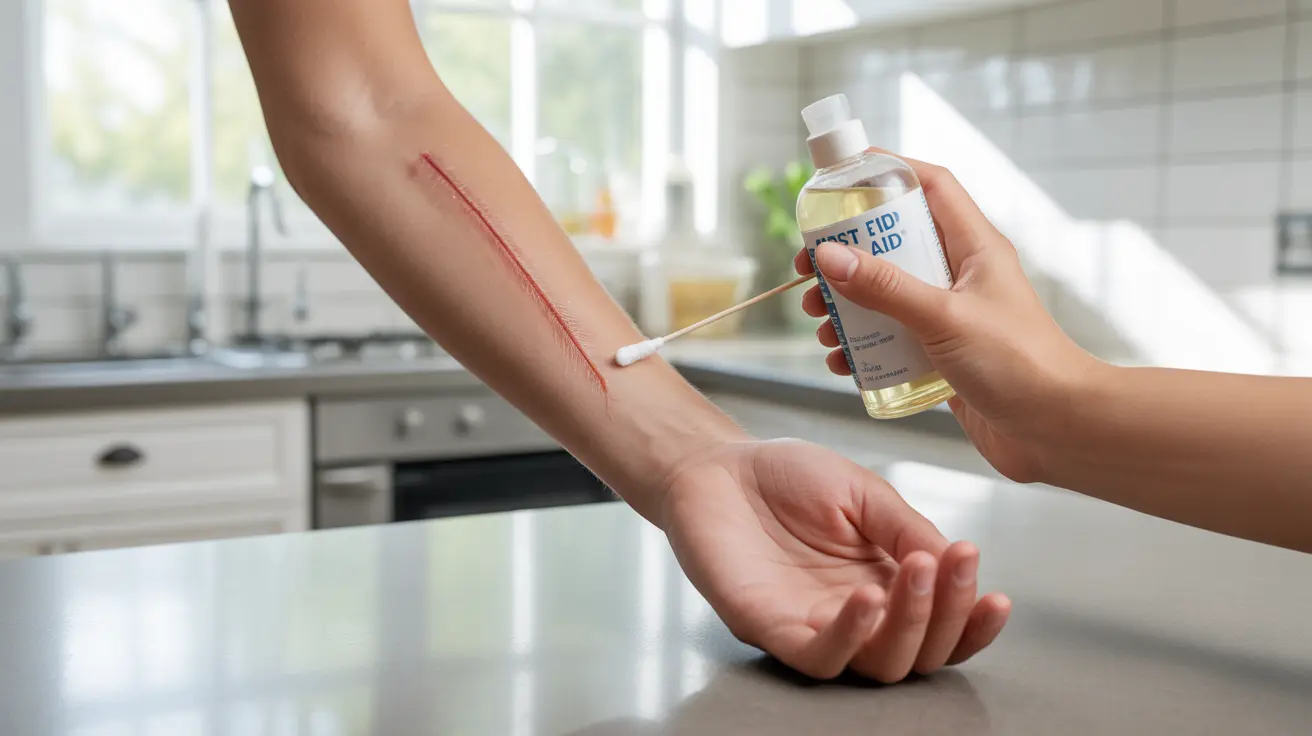Scratches on skin are common injuries that most people experience throughout their lives. While they may seem minor, proper understanding and care of scratches is essential to prevent complications and promote optimal healing. This comprehensive guide will help you understand how to identify, treat, and prevent skin scratches effectively.
Whether from an accidental encounter with a sharp object, pet claws, or rough surfaces, knowing how to properly care for scratches can make the difference between quick healing and potential complications. Let's explore everything you need to know about managing scratches on your skin.
Understanding Scratches vs. Cuts
Scratches are superficial injuries that typically affect only the outer layers of skin, while cuts tend to be deeper and may affect underlying tissues. Scratches usually appear as thin, linear marks that may be accompanied by minor bleeding or skin irritation. Understanding this distinction is crucial for determining appropriate treatment approaches.
Immediate Care for Skin Scratches
When you get a scratch on your skin, taking prompt action can prevent infection and promote healing. Follow these essential steps:
- Clean hands thoroughly before treating the scratch
- Wash the affected area with mild soap and warm water
- Pat the area dry with a clean towel
- Apply an appropriate antiseptic solution
- Cover with a sterile bandage if necessary
Proper Wound Care and Healing
Proper ongoing care is essential for optimal healing of scratches on skin. Keep the area clean and monitor it regularly for signs of proper healing. Change bandages daily or whenever they become wet or dirty, and maintain a clean environment around the wound.
Natural Healing Support
Several factors can support your skin's natural healing process:
- Keep the affected area moisturized
- Ensure adequate protein intake
- Stay well-hydrated
- Get sufficient rest
- Avoid picking at scabs that form
Signs of Infection to Monitor
While most scratches heal without complications, being alert to signs of infection is crucial. Watch for:
- Increased redness or warmth around the scratch
- Swelling or tenderness
- Unusual discharge or pus
- Fever
- Increasing pain
- Foul odor
Prevention Strategies
Preventing scratches on skin involves both awareness and protective measures:
- Wear appropriate protective clothing during activities
- Keep fingernails trimmed and filed
- Use gloves when working with rough materials
- Be mindful of sharp edges in your environment
- Keep pets' claws trimmed regularly
When to Seek Medical Attention
While most scratches can be treated at home, certain situations warrant professional medical care. Seek medical attention if the scratch:
- Is deep or shows signs of infection
- Was caused by a rusty or dirty object
- Occurs on your face or near joints
- Doesn't show improvement after several days
- Is accompanied by severe pain or fever
Frequently Asked Questions
What is the difference between a scratch and a cut on the skin? A scratch typically affects only the superficial layers of skin and appears as a shallow, linear mark. A cut is generally deeper, potentially affecting underlying tissues and usually results in more significant bleeding.
How should I properly clean and care for scratches to prevent infection? Clean the area with mild soap and warm water, apply an antiseptic solution, and cover with a sterile bandage if needed. Change the bandage daily and keep the area clean and dry.
When should I see a doctor for a scratch on my skin? Seek medical attention if the scratch is deep, shows signs of infection, was caused by a dirty object, isn't healing properly, or is accompanied by fever or severe pain.
What are the common signs of infection to watch for after getting a scratch? Watch for increased redness, swelling, warmth around the scratch, unusual discharge or pus, fever, increasing pain, and any foul odor.
How can I prevent scratches and protect my skin during daily activities? Wear appropriate protective clothing, keep fingernails trimmed, use gloves when necessary, be aware of sharp edges, and maintain regular nail care for both yourself and pets.




